Don Draper is the central advertising executive in the AMC series ‘Mad Men’, created by Matthew Weiner and set in 1960s New York advertising. The character anchors storylines about work, identity, and American consumer culture across shifting social and business norms. His arc spans multiple agencies, major brand campaigns, and family milestones that reflect the era’s rapid change.
The Constructed Identity
 AMC
AMCBorn Richard “Dick” Whitman, he assumes the identity of Lieutenant Donald Draper during the Korean War after a battlefield explosion leaves the real Draper dead. The switch—triggered by swapped dog tags—lets him return to the United States with a new name and past. This concealed history creates legal and personal complications, especially when background checks or family members from his former life surface.
Korean War Backstory
 AMC
AMCHis wartime service explains both the identity change and his recurring trauma. The series details his time building field constructions and the incident that precipitates the mistaken-identity discharge. These experiences inform his later sensitivity to fear, nostalgia, and escape—motifs that appear in pitches and personal decisions.
Signature Advertising Campaigns
 AMC
AMCDon’s portfolio features high-profile work for brands such as Lucky Strike and Kodak. The Kodak slide projector presentation, remembered as the “Carousel” pitch, reframes a product as an instrument of memory and longing. He also pursues national accounts like Hilton and Hershey, demonstrating a focus on storytelling that connects product features to emotional narratives.
Agency Builder and Partner
 AMC
AMCHe rises from a top creative at Sterling Cooper to co-founder of Sterling Cooper Draper Pryce after a British takeover threatens the firm’s independence. His name on the door signals both creative authority and equity stake as the agency competes for automotive, airline, and consumer-goods business. Later mergers reshape the organization into Sterling Cooper & Partners, where he continues to steer marquee pitches.
Mentorship and Team Dynamics
 AMC
AMCDon mentors copywriter Peggy Olson, guiding her from secretary to creative leader through demanding assignments and candid feedback. He partners closely with account leaders like Roger Sterling and collaborates with art directors, researchers, and media buyers to land integrated campaigns. These relationships show how creative direction depends on cultivating talent and navigating client politics.
How He Works
 AMC
AMCHis process blends intense solitary drafting with sudden reframing of the brief into a simple, human insight. He mines personal memories, consumer frustrations, and cultural trends to find a unifying line or image, then refines it with his team. Focus groups, rough comps, and iterative taglines appear throughout the series as tools he uses to test and sharpen ideas.
Visual Style and Cultural Influence
 AMC
AMCCostume designer Janie Bryant outfits Don in slim suits, narrow ties, crisp shirts, and pocket squares that reflect early-to-mid-1960s menswear. The look—along with neatly groomed hair and understated accessories—became widely referenced in fashion editorials and menswear retail. His wardrobe helped popularize tailored silhouettes and workplace polish associated with mid-century New York.
Family Life and Its Storylines
 AMC
AMCDon’s marriages to Betty and later Megan chart changing expectations around domestic roles and career ambition. The family includes children Sally, Bobby, and Gene, whose experiences mirror larger social shifts of the decade. Custody disputes, relocations, and evolving co-parenting arrangements intersect with his work life and public persona.
Vices and Office Culture
 AMC
AMCFrequent smoking and drinking align with period norms and with client portfolios in tobacco and spirits. Old fashioneds, conference-room cocktails, and desk decanters appear alongside long work hours, client dinners, and late-night brainstorming. These habits highlight how business entertaining, stress, and camaraderie shaped agency culture in the era.
Awards and Lasting Impact
 AMC
AMCJon Hamm’s portrayal earned major industry recognition, including multiple Emmy and Golden Globe wins, and the character is often cited in discussions of the modern TV anti-hero. Don Draper’s pitches, slogans, and speeches are regularly anthologized in media studies and advertising coursework. The character’s blend of creativity, secrecy, and leadership ensures ongoing relevance in conversations about branding and storytelling.
Tell us what you think—what detail about Don Draper stands out to you most? Share your thoughts in the comments!

.jpeg)







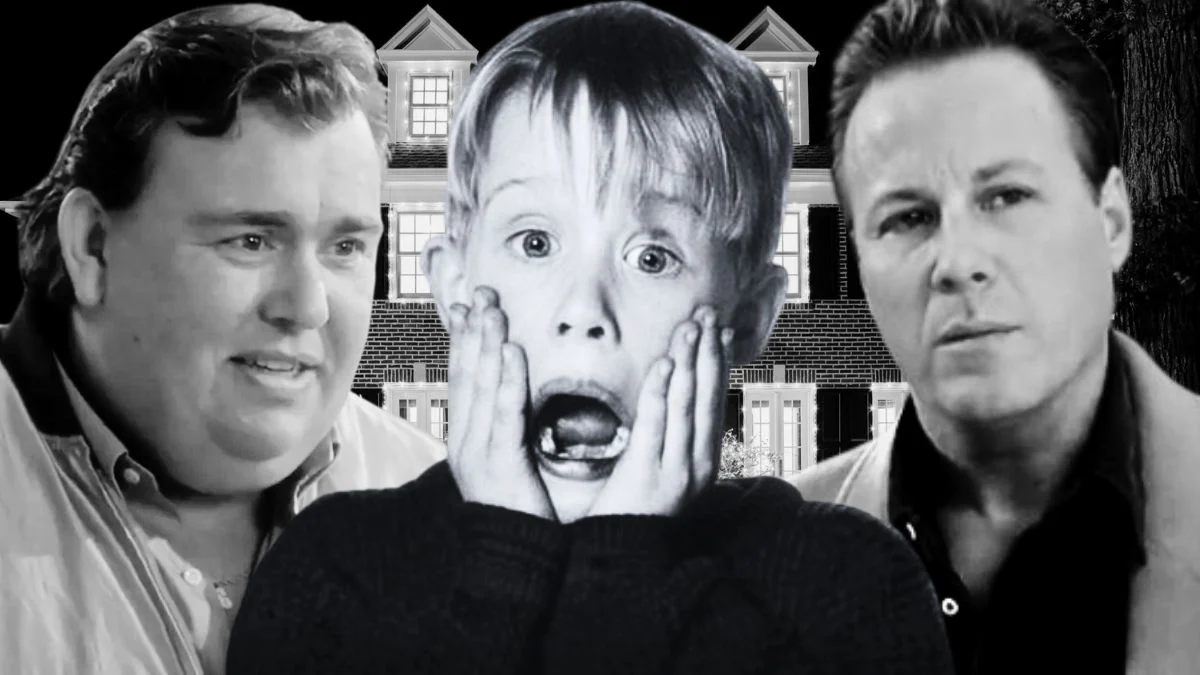

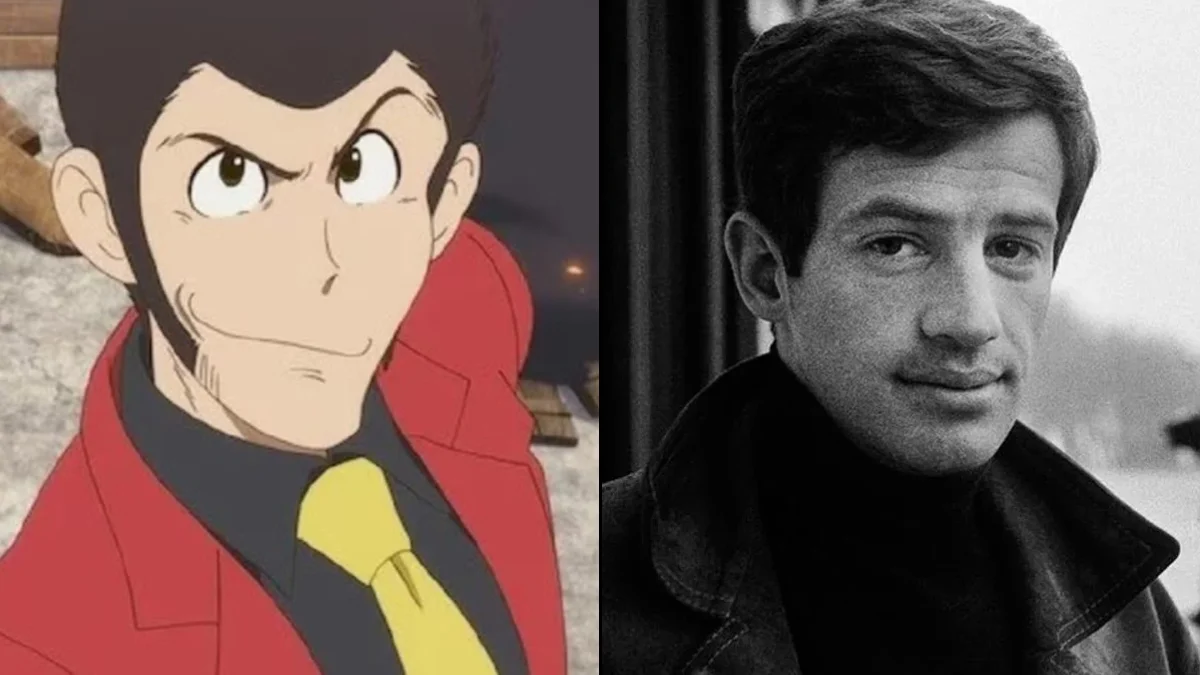
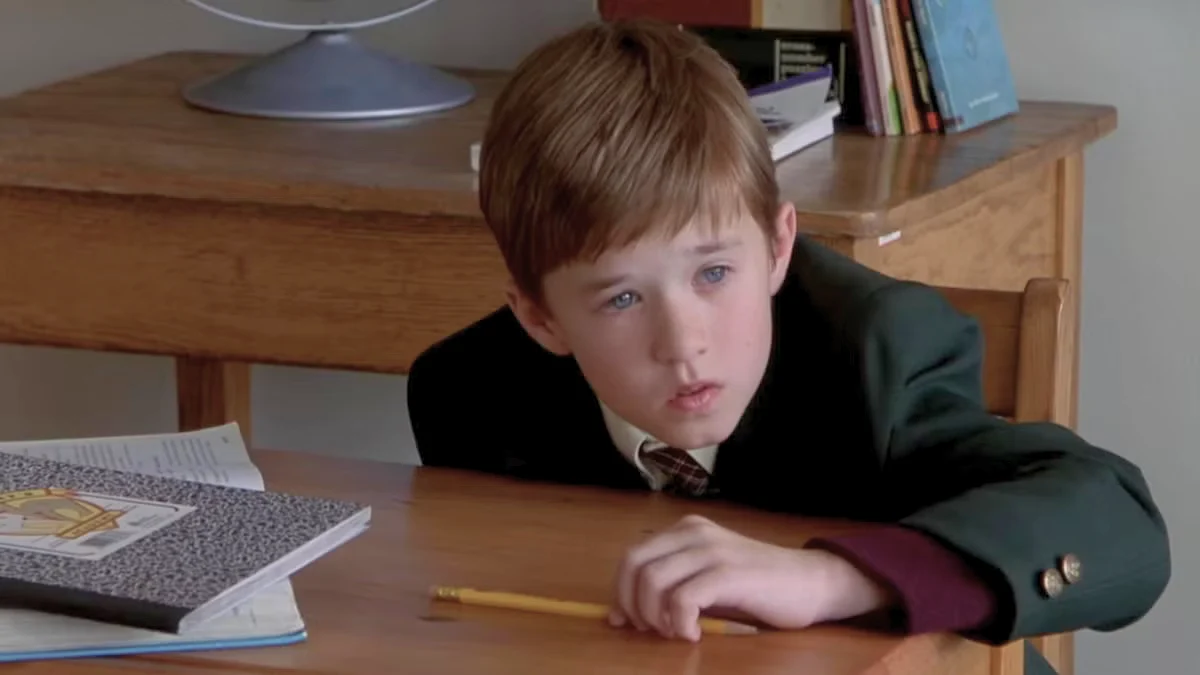


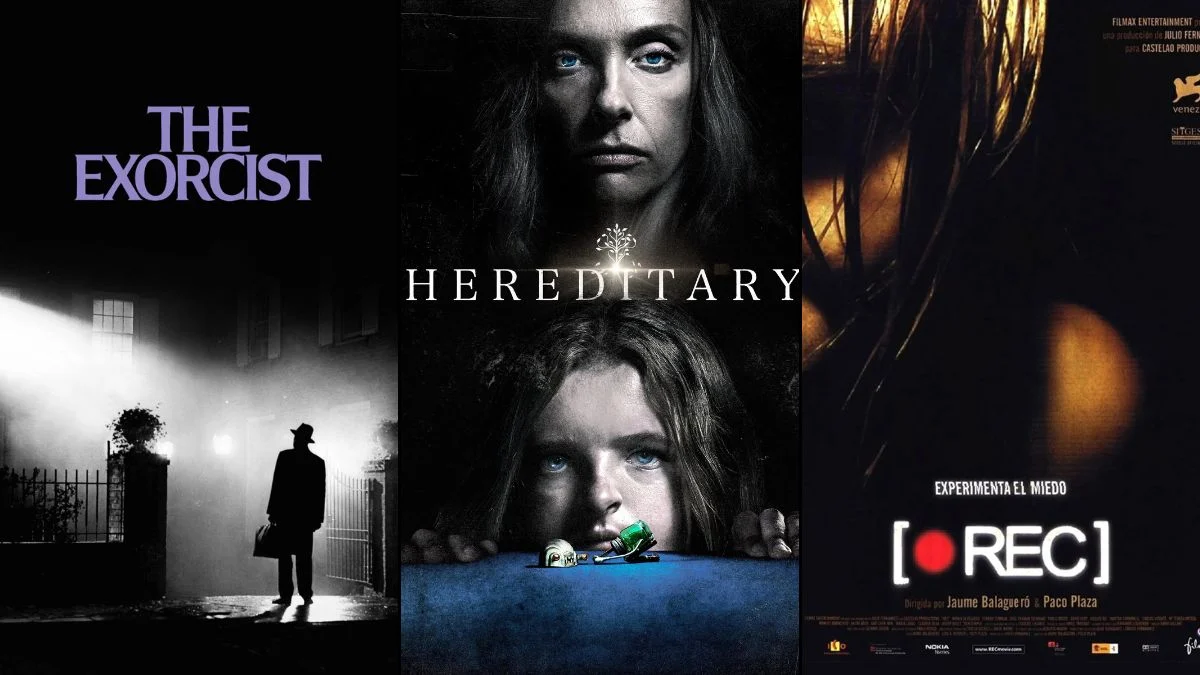

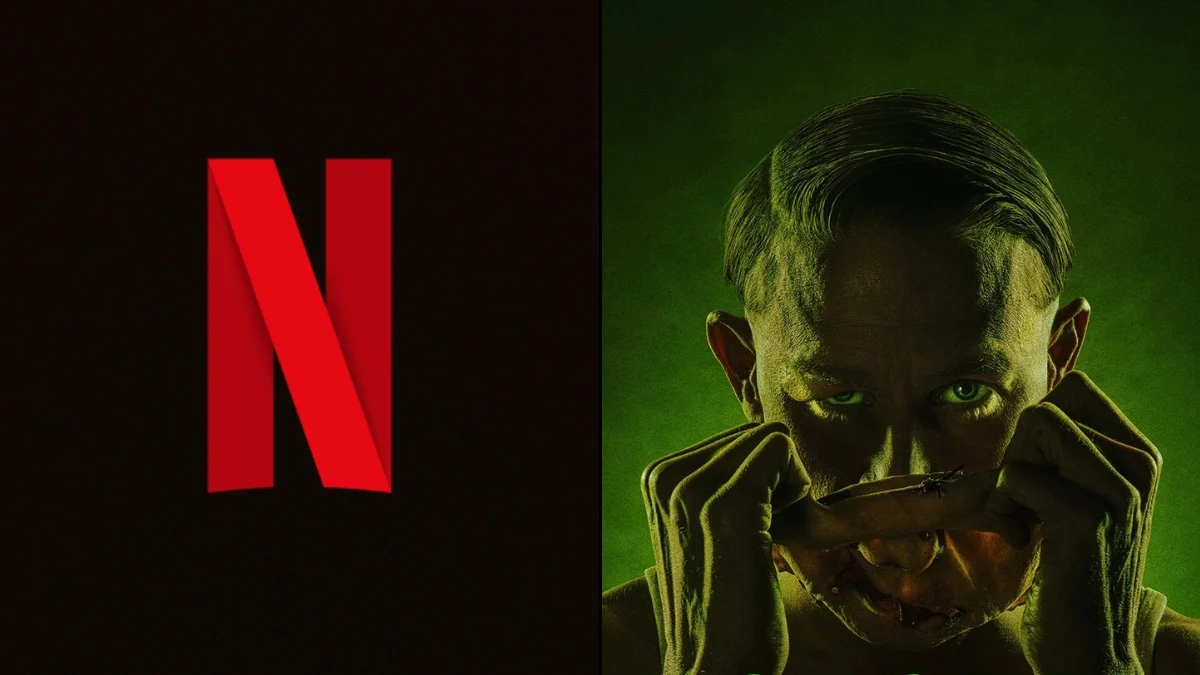
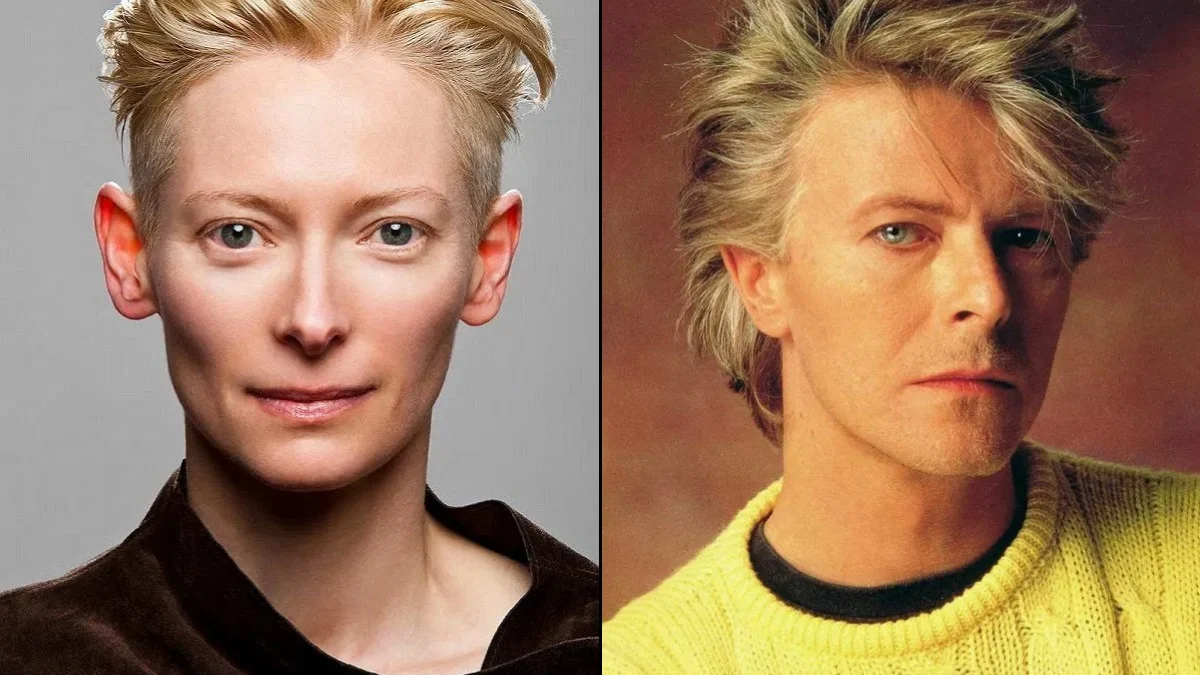
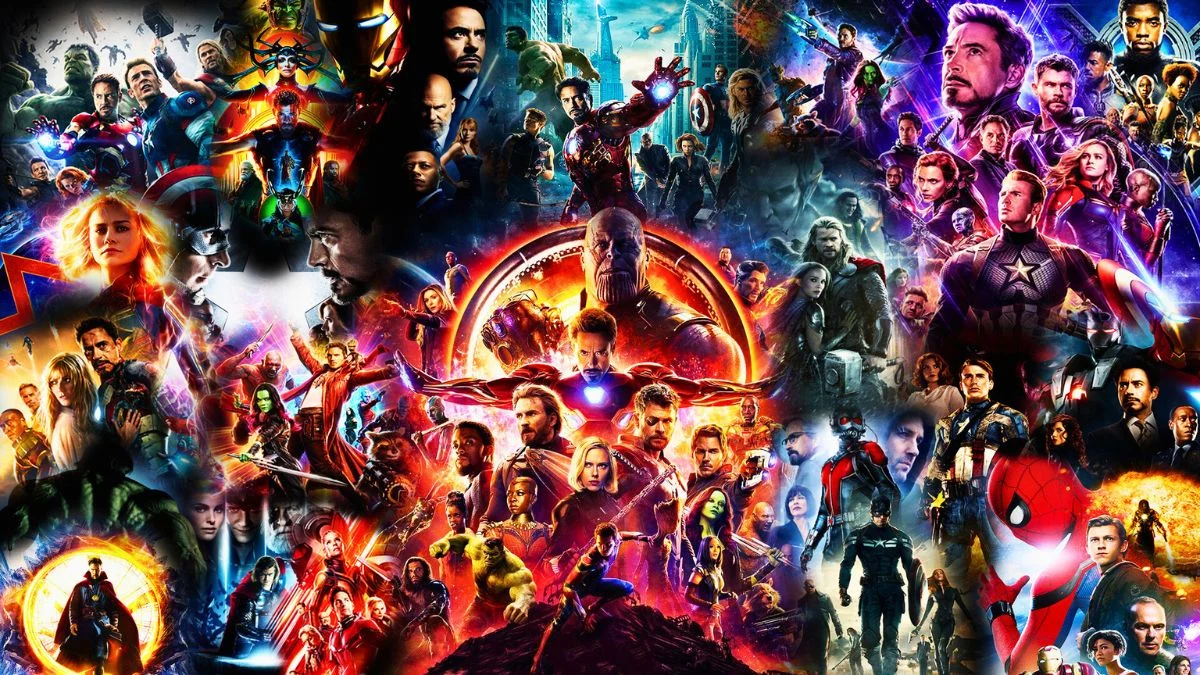
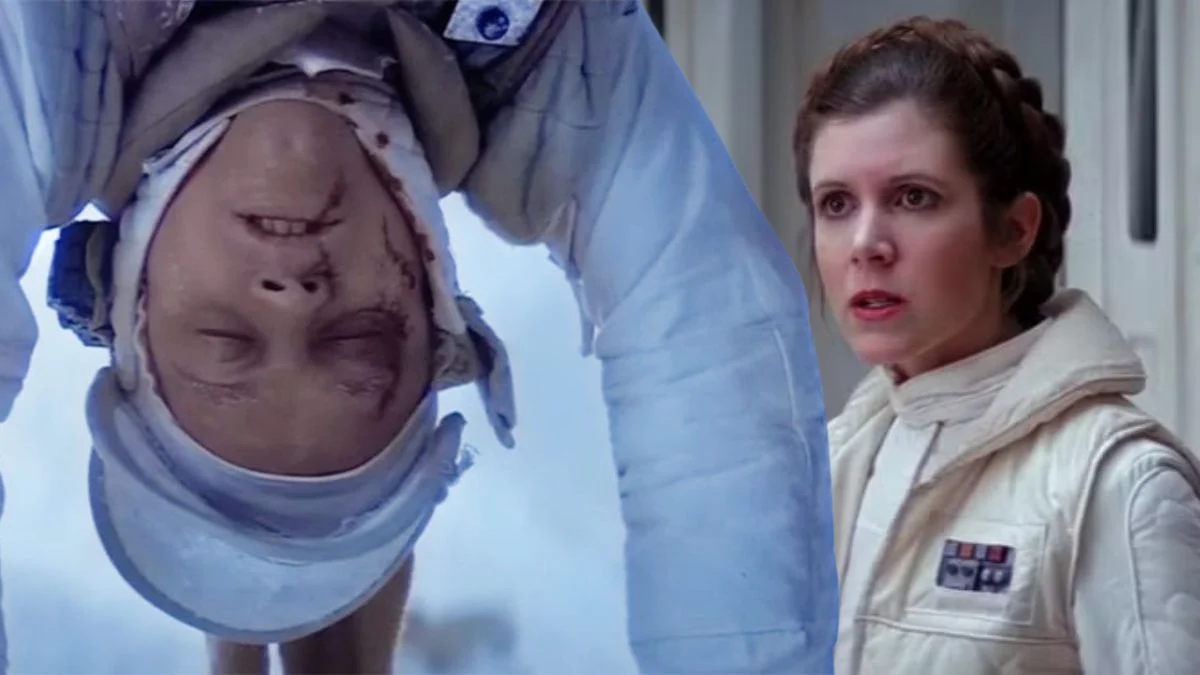
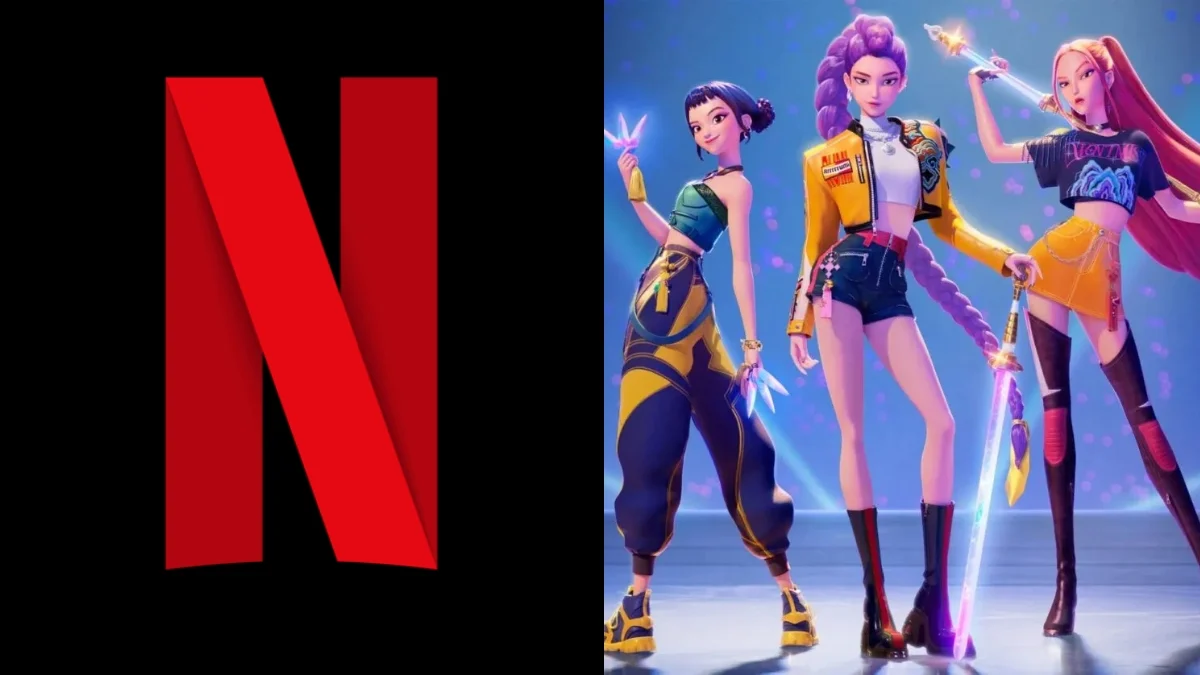



.jpeg)













 English (US) ·
English (US) ·